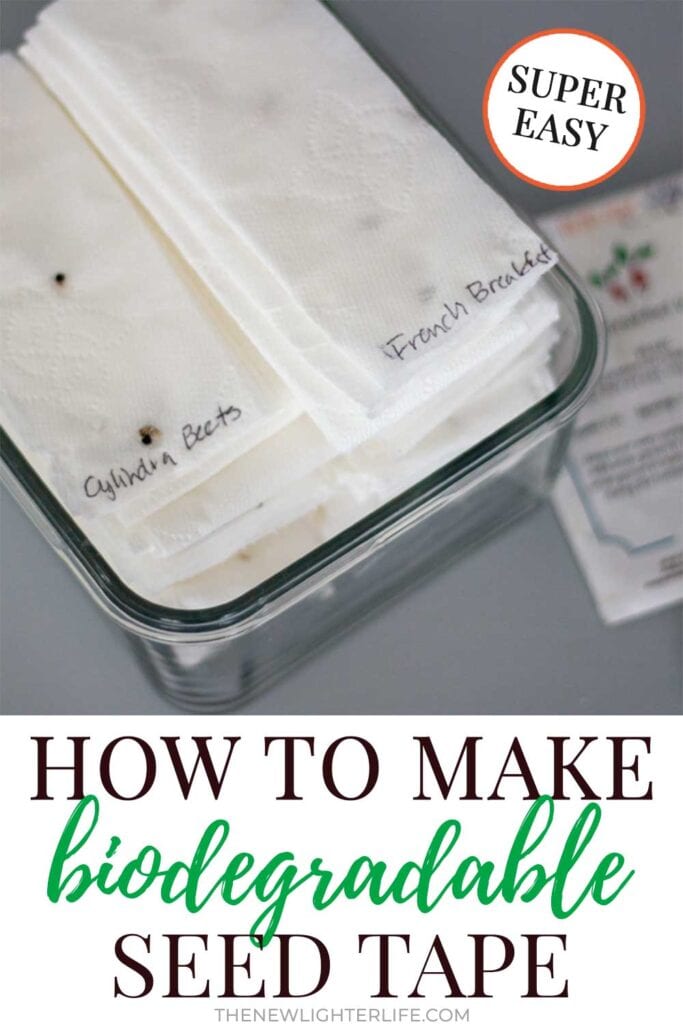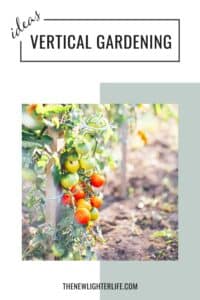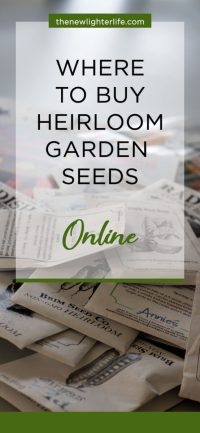Eeeek!! Garden planting is right around the corner and it’s a perfect time to start preparing! Today, I have a super quick post about how to make your own biodegradable tape for seeds. I picked this process up from a local master gardener and I’m excited to share it with you!
If you’re ready to see making this DIY seed tape in action, you can watch it first.
Before we dive into making the seed tape, if you’re interested in some other gardening tasks you can do ahead of planting, check out how you can make a wall of waters, and fold newspaper seedling pots. I’ve also posted about what seeds to start indoors in zone 5A for January, February, March, and will soon be posting for April.
As you know, many seeds need to be started by direct sowing in the garden. Many vegetables are root crops or do not handle transplanting well. For these reasons, certain vegetables must be directly sown into the garden. Direct sown seeds such as peas, beans, squash, cucumbers, and beets are quite large and easy to plant without seed tape (though I have seen beet and cucumber seed tape).
What is Seed Tape?
What is seed tape you ask? Well, you can buy seeds embedded and properly spaced in biodegradable paper strips. Seed tape is simply unrolled and the long strip is planted in the garden. This is seed tape.
Certain seeds such as beans, peas, squash, watermelon, and cucumbers are bigger or spaced further apart so that they are not contenders for seed tape. It’s those tiny seeds or seeds that are planted closer that can be problematic and time-consuming when planting, especially if you have limited space.
Suggested Seeds for Seed Tape
- Lettuces
- Carrots
- Radishes
- Beets
- Kohlrabi
- Chard
- Spinach
- Bunching onions
- Kale
- Alyssum
- Zinnias
While you can buy seed tape at the store, there are some great benefits to making your own.
6 Benefits of Making and Using Seed Tape
- Cheap – While loose seeds are very inexpensive, the story changes if you guy seed tape. Truly, the price goes up exponentially if you buy seed tape already made. Now without totally geeking out and getting the calculator, I guarantee you it is more economical to make your own seed tape, (or direct sow).
- Heirloom Varieties – If you’ve read my blog before, you know that I’m a junkie for heirlooms. By making your own seed tape, you can benefit from seed tape with whatever variety floats your boat.
- Prevent Waste – Try as you may, it is extremely hard to plant those tiny seeds at the proper spacing. Of course, you are able to reduce waste by using seed tape. But you also do NOT have to thin seedlings that are planted too close together.
- Faster – I’m a big fan of staying busy so when winter nights are long and you’re pining away to get into the garden, making seed tape is a great mindless task that saves you time later and when you can actually get your hands in the dirt planting.
- Proper Spacing – When you’re out planting your garden, the last thing you want to do is try to remember what the spacing needs to be on your seeds. Sure, some things are standard and you may just know their spacing. But, the guesswork is removed when you plant seed tape that is already prepped.
- Little Helpers – My younger kids like to help me in the garden. Making and planting seed tape is a great activity for them and they do not need as much assistance.
Have I convinced you how easy it is to make a biodegradable tape for seeds? If you’re still hanging with me, I hope so.
Glue or Flour/Paste?
You may find some instructions online about making a flour paste to adhere your seed to the tape. While a homemade flour paste works, it is more of a hassle than necessary. Stick with me here as I have a MUCH easier product for you to use.
A while back, our extension office held some master gardener workshops and I chatted up a master gardener about seed tape. And guess what!? She wholeheartedly recommended glue as well. Check it…
- Water-soluble and non-toxic.
- The glue required for seed tape is a minuscule amount.
- Seeds sprout and thrive similar to directly sown or glue/seed tape sown.
- A built-in dispenser makes the process fly by.
- Already mixed and won’t go rancid between uses.
- Cheap. In fact, the glue I use in making my seed tape came from Dollar Tree and was a whopping $1.25. Score!
What kind of glue? Just make sure your glue is water-soluble non-toxic glue and is normal school-type glue.
Here is the list of supplies you will need to make seed tape.
Supplies to Make Seed Tape
- Wax or parchment paper to protect your work surface
- Toilet paper – a perfect biodegradable tape for seeds
- Glue – water-soluble, non-toxic
- Toothpick
- Measuring tape
- Marker
- Storage bag or container
How to Make Biodegradable Tape for Seeds
- Lay down wax or parchment paper over the table and tape corners with masking tape to secure.
- Roll out 2 or 3 feet of toilet paper, fold the paper in half along the full length and unfold the paper.
- Take measuring tape out and place marks on one-half of the toilet paper to the proper spacing for the seed tape you are making.
- Put a drop of glue on each mark.
- With a toothpick, dip it lightly in a glue drop and pick up 1 or 2 of your seeds at a time and place them on each drop of glue. You may need to distribute seeds out depending on how many your toothpick picks up. Again, repeat this process until all the glue dots contain seeds.
- Place a light string of glue down along the edge of the toilet paper. Next, fold the strip back in half so the seed is secured inside the tape.
- Once the glue is completely dried, label and mark each strip.
- Lastly, store your homemade seed tape in a storage bag or container for planting.
Summary of Seed Tape
That’s it!! As you can see, it’s super easy. This is a great activity to do with younger kids who can be a part of the process!
Again, this seed tape is 100% biodegradable and completely breaks down before you will plant your garden the following year.
Are there any other seed varieties you’ve seen sold as seed tape or think would make a good candidate for seed tape? Please share as I’m always looking to speed up my spring planting.
Blessings!






